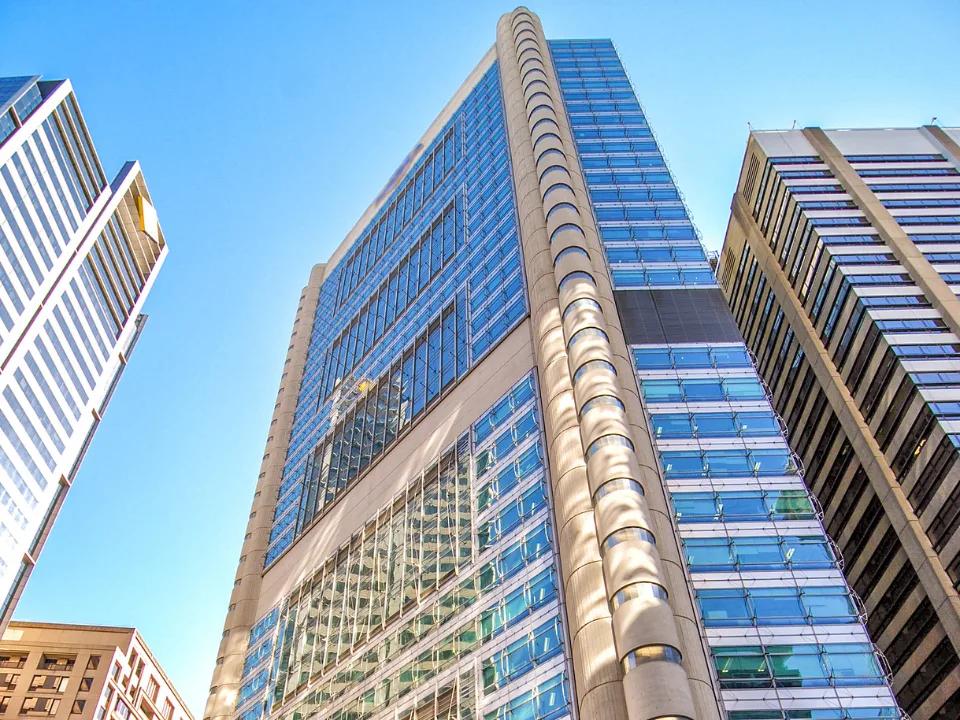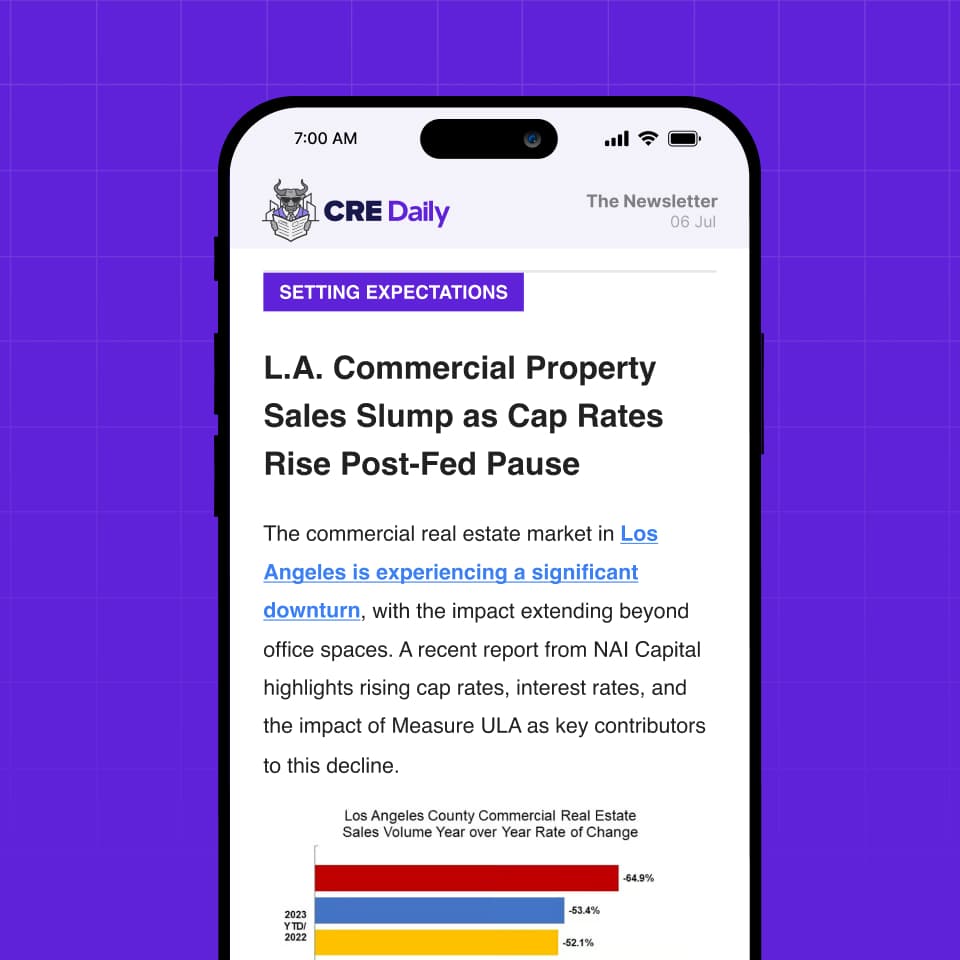- Rent growth remains strong across all care levels, with over 40% of respondents expecting assisted living and memory care rents to rise by more than 5% in 2025.
- Cap rates are expected to stay flat or compress, continuing 2024 trends, with active adult communities reporting the lowest rates.
- Occupancy and absorption trends are healthy, especially in active adult and independent living segments, as the 75+ population grows.
- Investor confidence is high, with 96% of respondents holding a positive or somewhat positive outlook for the seniors housing market in 2025.
Steady Cap Rates, Stronger Rents
According to GlobeSt, BBG’s third annual seniors housing investor survey shows steady expectations for 2025. Respondents anticipate capitalization rates to hold steady or slightly compress across care segments. Active adult communities report the lowest cap rates, followed by independent living. Skilled nursing holds the highest cap rates due to higher levels of care. Memory care cap rates remain elevated from pre-2019 levels, though Class A markets show rates under 8.5%.
Meanwhile, rental rates should increase across all segments. Over 90% of participants expect rent growth, especially in assisted living and memory care. More than 40% predict a rise above 5%, while most expect increases between 1% and 5%
Occupancy Trends and Market Drivers
Occupancy expectations vary by property type. Active adult housing leads with the highest projected occupancy, while skilled nursing lags. CCRC/LPC properties show the widest range in occupancy. This spread reflects the diverse care levels and purchasing models found in these communities.
Absorption remains strong. Most investors expect 3–8 units per month in active adult, independent living, and CCRC/LPC categories. A growing 75+ population continues to fuel demand, and this age group won’t peak until 2035.
A Positive Outlook, But Challenges Remain
Market optimism remains high. Over 96% of survey participants expressed a positive or somewhat positive outlook for 2025. Around two-thirds believe margins will expand, with a projected net gain of 3%—in line with the past two years.
Still, the sector faces headwinds. Rising staffing costs, inflation, and higher insurance expenses could pressure margins despite growth expectations.
Why It Matters
Seniors housing stands on strong footing heading into 2025. Investor optimism, rising rents, and favorable demographics are boosting confidence. With stable cap rates and healthy absorption, the sector is poised for continued growth—though careful cost management will be key.
Get Smarter about what matters in CRE
Stay ahead of trends in commercial real estate with CRE Daily – the free newsletter delivering everything you need to start your day in just 5-minutes















